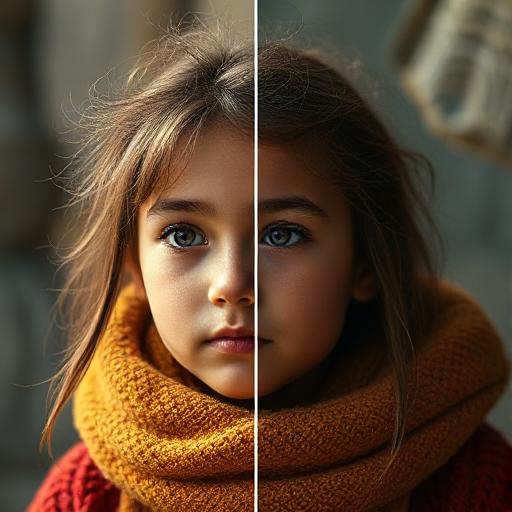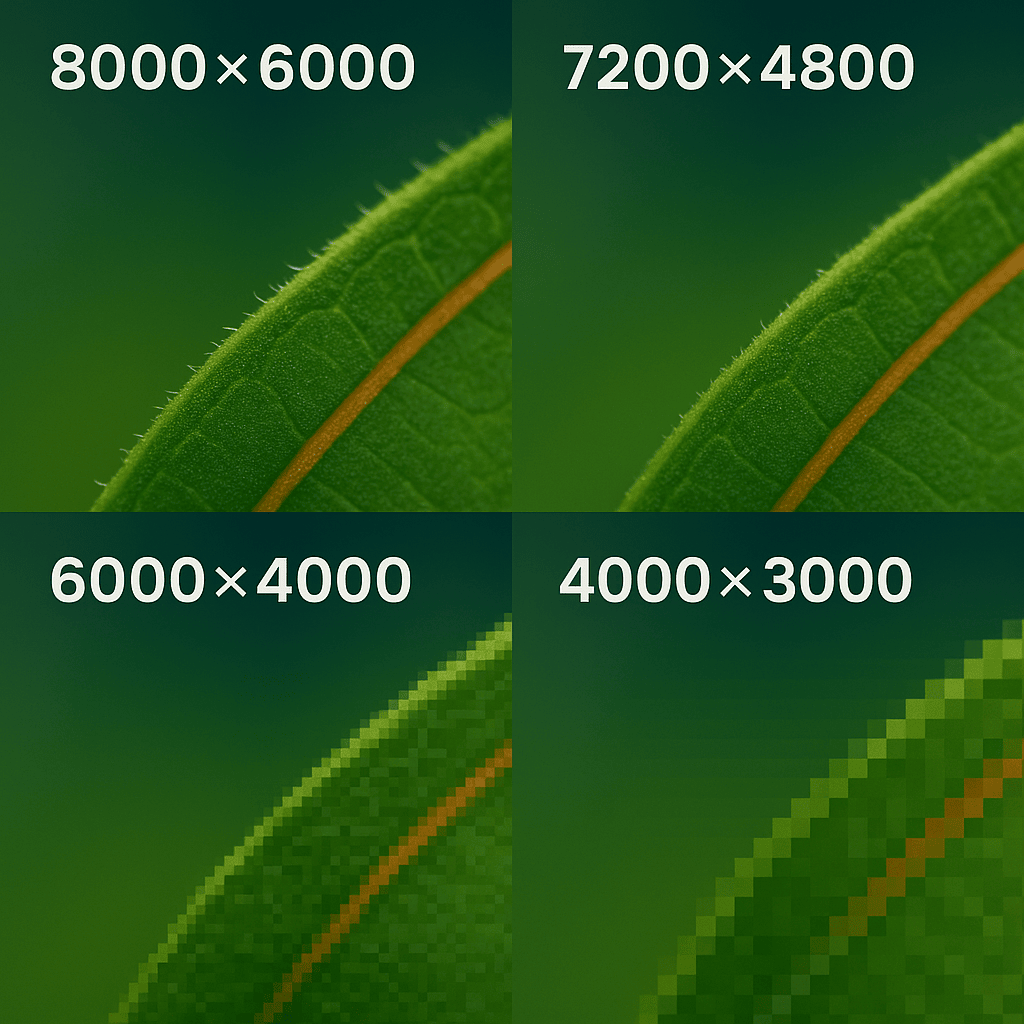Understanding Megapixels: Is a 200 MP Smartphone Camera Actually Worth It? In the race for smartphone supremacy, manufacturers have pumped megapixel (MP) counts into their marketing—but does a spec like “200 MP” truly deliver better value for everyday users? This article breaks down the science behind megapixels, pixel binning, and image quality. We’ll explore whether a high MP sensor is worth it and compare major devices to help you make informed buying decisions.
1. Megapixels 101: What Do They REALLY Mean?

A megapixel = one million pixels—tiny dots on your camera’s sensor that capture light and color. A 200 MP camera means 200 million pixels packed into the sensor, but this number can be misleading.
- Pixel binning is a process where several pixels are combined into one for better low-light performance and reduced noise. For instance, many 200 MP smartphones output 12–50 MP images by default.
- Pixel size matters. Smaller pixels can struggle in low light, while larger pixels absorb more light and produce cleaner images.
- More megapixels ≠ better image quality, especially without matching software optimization, sensor size, and lens quality.
2. The 200 MP Trend: What’s the Real Benefit?
✅ Benefits
- More detail for cropping or printing large photos
- In-sensor zoom for lossless 2× or 4× shots
- Improved low-light output via advanced binning
❌ Drawbacks
- Huge file sizes (20–25 MB per photo)
- Longer image processing times
- Not always better in actual photo quality
- Primarily a marketing number, not a real-world game-changer for most
3. What Really Affects Image Quality?

Instead of just focusing on MP count, look for:
- Sensor size – Bigger sensors let in more light.
- Pixel size – Larger pixels produce clearer, low-noise images.
- Lens quality – Optics matter greatly.
- Software & AI – Google’s Pixel and Apple’s iPhones shine here.
- Stabilization and Zoom – Optical zoom > digital zoom for detail.
4. Real-World Testing: What Experts Found
- TechRadar found 200 MP photos to be less sharp and more noise-prone than 12–50 MP outputs.
- Google Pixel 9 Pro consistently delivered balanced, vibrant, and sharp photos in all lighting.
- iPhone 16 Pro Max offered exceptional natural colors and video capabilities.
- Galaxy S25 Ultra excels in zoom and macro thanks to its high MP and telephoto setup.
5. 🔍 Comparison Table

| Feature / Model | Samsung Galaxy S25 Ultra (200 MP) | Google Pixel 9 Pro (50 MP) | iPhone 16 Pro Max (48 MP) | Galaxy S24 Ultra (108 MP) |
|---|---|---|---|---|
| Sensor Size | 1/1.3″ | 1/1.3″ | 1/1.2″ | 1/1.33″ |
| Default Photo Output | 12 MP (pixel binned) | 50 MP | 24–48 MP Adaptive | 12 MP (pixel binned) |
| Zoom Capability | 4× in-sensor + optical | Optical + digital | 3× optical | 10× periscope + digital |
| Low-Light Performance | Good, with software aid | Excellent | Excellent (Deep Fusion + Night Mode) | Good |
| 200 MP Mode Usability | Usable but slow | Not applicable | Not applicable | Not applicable |
| File Size per Full-Res Image | 20–25 MB | 8–10 MB | 10–15 MB | 12–16 MB |
| Best For | Zoom & macros | All-round shooting | Video, natural colors | High-res photos, long zoom shots |
| Drawbacks | Slower shutter, inconsistent colors | Limited zoom | Slightly less detailed zoom | Older sensor design |
6. ⭐ Which Smartphone Has the Best Camera and Why?
Here’s a concise verdict based on expert reviews, real-world testing, and user experience:
🏆 Best Overall Camera: Google Pixel 9 Pro
- Why? Outstanding AI-powered computational photography, best-in-class HDR, balanced colors, and sharpness in both daylight and low-light conditions.
- Ideal For: Everyday users, content creators, and travelers who want great shots without tweaking settings.
🥈 Best for Video & Realistic Colors: iPhone 16 Pro Max
- Why? Apple’s image processing, ProRAW/ProRes video, and superb color science make it a top choice for pros.
- Ideal For: Filmmakers, vloggers, and those in the Apple ecosystem.
🥉 Best for Zoom & Macro Detail: Samsung Galaxy S25 Ultra (200 MP)
- Why? Exceptional in-sensor zoom, macro detail, and long-range clarity thanks to the 200 MP and multiple zoom lenses.
- Ideal For: Users who love distant shots, wildlife photography, and macro close-ups.
⚖️ Balanced Performer: Samsung Galaxy S24 Ultra
- Why? Great zoom, solid low-light, and efficient performance—though the 108 MP sensor is aging compared to newer rivals.
- Ideal For: Those upgrading from older flagships who want excellent specs without chasing the latest model.
7. Should You Buy a 200 MP Phone?
Go for it if you:
- Need powerful digital zoom or macro performance.
- Regularly crop photos or shoot detailed landscapes.
- Want top-tier camera specs for future-proofing.
Skip it if you:
- Mostly share photos on social media.
- Prefer quick shots with reliable results.
- Don’t want to deal with large files or slower shutter times.
8. 📌 Final Thoughts
A 200 MP smartphone camera is a marvel of engineering, but not always a practical advantage. Most users get better results using pixel-binned outputs, typically 12–50 MP.
For general use, the Google Pixel 9 Pro offers the best balance between hardware, software, and ease of use. If you’re a video creator or part of Apple’s ecosystem, the iPhone 16 Pro Max stands out. For users who enjoy zoom and technical experimentation, Samsung’s 200 MP Ultra phones offer unique tools.



Pingback: Fix Smartphone Network Problems: 12 Proven Ways